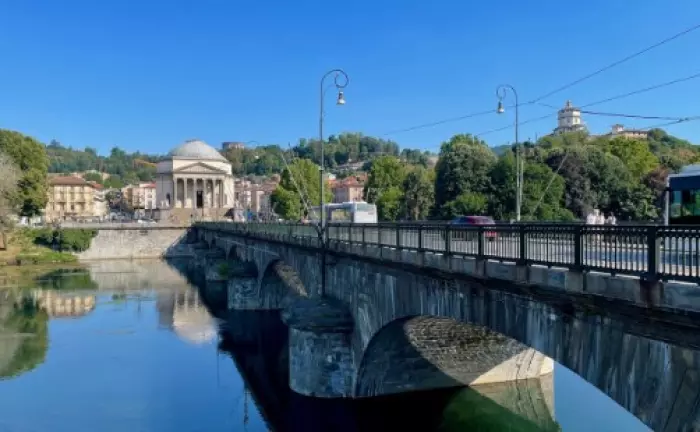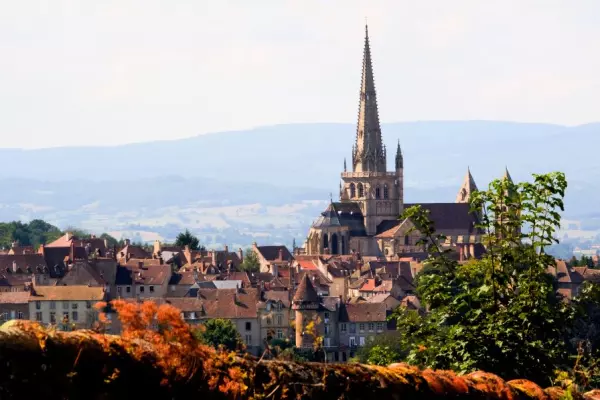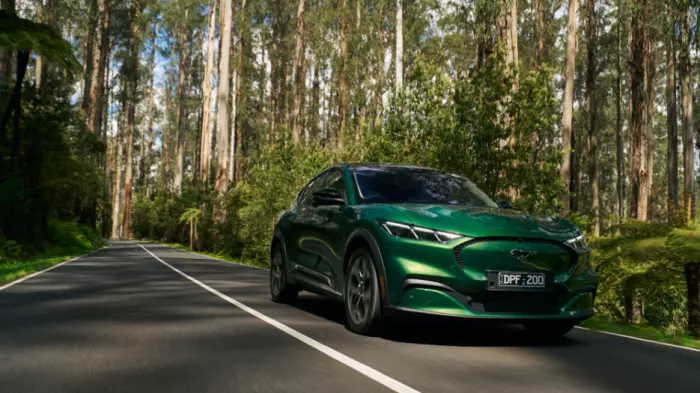The crowds in Rome, Venice, and Florence can be overwhelming, especially right now when tourists are flocking in greater numbers than ever to all the most renowned European destinations. Get a taste of the real Italy in these 10 little-known but stunning places. Immerse yourself in a true Italian holiday experience that few travellers know about.
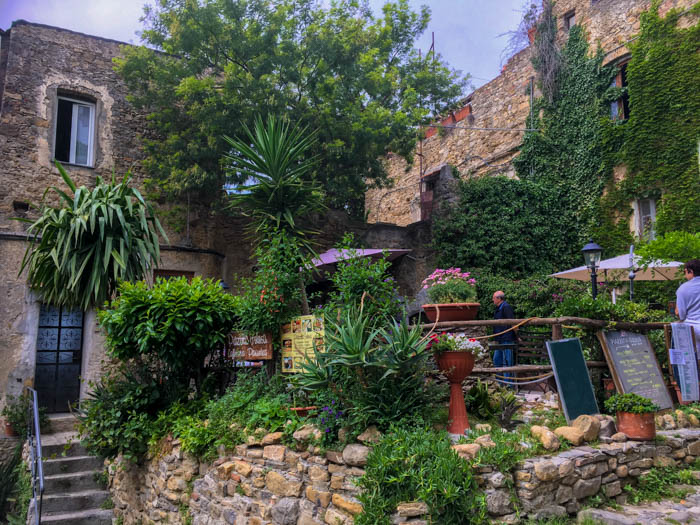
Bussana Vecchia, Liguria
Perched high above the sparkling Mediterranean Sea, the village of Bussana Vecchia is the home of artists from all over the world. Since the 1960s, the inhabitants squatting there have been repairing and beautifying houses abandoned in 1887 after an earthquake destroyed much of the village.
Walking through the narrow, cobbled streets is like taking part in a treasure hunt. Keep your eyes open for artistic creations stuffed into niches, gracing walls, and decorating stairways that lead to nowhere. The village has not one but two ruins of churches, their interiors open to the sky. Just the walls are still standing, covered in ivy and a riot of creeping green tendrils.
At a not-to-be-missed cafe, rub shoulders with the locals on the flower-covered terrace while enjoying great coffee, pastries, and fresh food. For a heartier meal, book an outdoor table at La Casaccia restaurant. Tuck into potatoes baked in the coals of their open fire, and charcoal-grilled lamb skewers from the Abruzzo region of Italy. All this while enjoying sweeping views over the turquoise-blue sea lapping the coast far below, and inland towards the alps that form a formidable border between Italy and France.
To work up an appetite and avoid the narrow windy road that leads up to Bussana Vecchia, walk up via the olive tree-shaded trail from the lower Bussana, the new village built after the catastrophic quake.
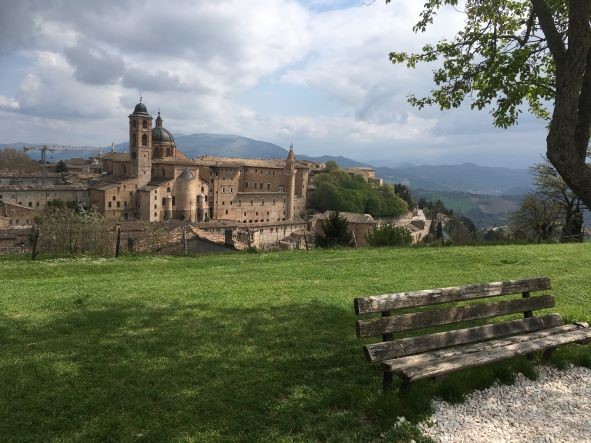
Urbino, Le Marche
A creamy-bricked town circled by intact medieval walls, Urbino lies in the verdant rolling hills of the Marche region in Italy's north-east. Although it is a listed Unesco world heritage site, it remains a secret jewel little known, even to Italians.
The picturesque town was a pivotal centre during the Renaissance, hosting many of the period’s most famous artists, such as Botticelli and Raphael. Works they created for the Duke of Urbino, Federico da Montefeltro, can still be seen today, many of them housed in the vast ducal palace, which is adorned with tall spindly towers fit for fairy-tale Rapunzel.
The steep winding streets inside the walls of Urbino hum with energy from the large local university community. Cafes, many shaded under elegant porticoes, are scattered all the way along the central street. They are a perfect place to stop for a revitalising espresso and to people-watch.
As only residents of the old town can drive inside the walls, the centre of the town is almost car-free, making the narrow maze of streets a delight to explore on foot.
On the third Sunday every August, Urbino is catapulted back in time to the Renaissance with a spectacular festival held to commemorate the death of the duke in 1482.
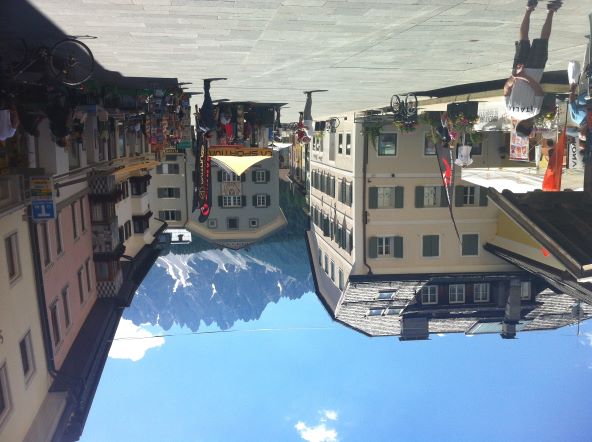
San Candido, South Tyrol
When in San Candido, you can be forgiven for thinking you have strayed across the border into Austria. Although the town of pretty wooden mountain chalets with geranium-covered balconies has been part of Italy for more than a century, most signs are in German, and many of the locals speak German as their preferred language.
San Candido sits amidst lush green fields that border craggy, grey dolomite mountains rising sharply behind the town. Thanks to strong influences from both Austrian and Italian cultures, you get the best of both worlds. This is reflected in the food: have a delicious pizza, a plate of perfectly al dente pasta or a cappuccino, or help yourself to the marvellous variety of sausages and sauerkraut or a decadent Germanic-style cake.
Luckily, the mountains call you to work off all that food, with a comprehensive system of chairlifts and gondolas that start directly from the town. These take you up to spectacular hiking or skiing grounds, depending on the season. Refuges dot the trails, all with high-quality restaurants, lodging, and terraces with 360-degree mountain views.
If you have had enough of the high peaks, stay on the valley floor. Rent bicycles in San Candido to coast down the paved, gently sloping 40km-long bike trail to the colourful town of Lienz just over the border in Austria. For riders who may be daunted by the uphill return, frequent trains with bike-carrier wagons can take them back up.
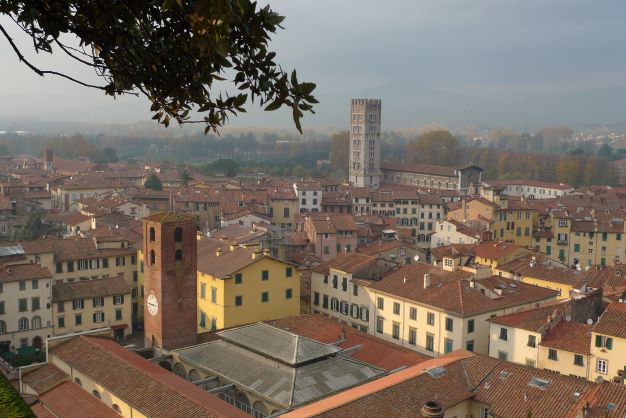
Lucca, Tuscany
Surrounded by defence walls, as it has been since Roman times, Lucca is often skipped by travellers on their way to see the nearby world-famous Tower of Pisa. This is a bad mistake, as Lucca contains all the essence of Tuscan beauty without the crowds. The Lucchese, as locals from Lucca are called, are rightly proud of their town, which only ceded its 500-year run of independence to Napoleon Bonaparte at the end of the 18th century.
The old town of Lucca, nestled in a green valley surrounded by forest-clad hills, is best seen on foot or by bike. Bike rental stands can be found throughout the town. Ride or walk around the top of Lucca's 4km-long walls on the wide tree-lined path, with refreshment breaks at bars and restaurants along the way. A bicycle is also the perfect way to explore the narrow, cobbled streets in the old town.
Lucca is awash with picturesque churches built during the Renaissance period when the city-state was rich and powerful. During this time, more than 100 towers pierced the sky above the old town, all built by wealthy families trying to outdo each other in the height of their personal tower. Today, only two remain. Climb the steep steps of the tree-topped Torre Guinigi, or the 50-metre-tall Torre delle Ore, for unparalleled views of Lucca and the surrounding countryside. Then head underground. Under the red-bricked defence walls are huge recently restored 16th-century tunnels, now opened to the public for tours and to house art exhibitions.
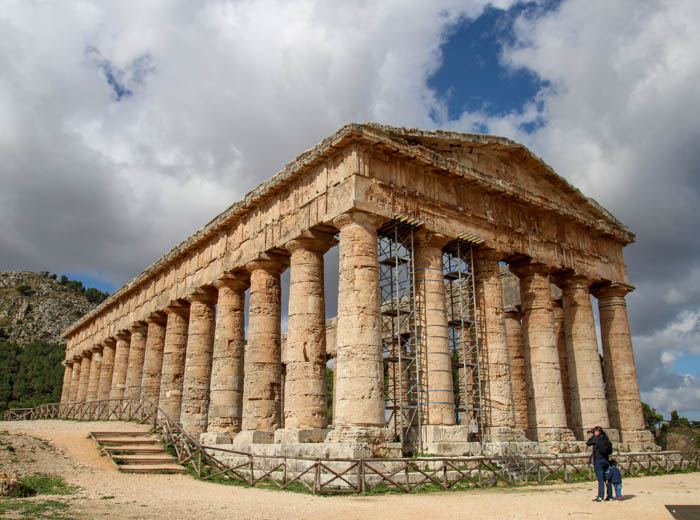
Segesta, Sicily
Just an hour by car from the bustling city of Palermo lies the well-preserved ruins of the Doric-columned Segesta temple built in the 5th century BC by an ancient tribal people known as the Elymians, who inhabited the area before the Greeks and Romans arrived in Sicily. The stunning temple stands on a hill that gives you far-reaching views over a large green valley dotted with vineyards, olive and orange groves.
In this small archaeological site, you can clearly see layers of thousands of years of history. From the visitor centre at the bottom of the hill below the temple, a small road climbs up Mt Barbaro to an amphitheatre built by the Greeks around 4BC, then restored by the Romans nearly 700 years later. The amphitheatre has commanding views across the Sicilian countryside and is still in use today for events during the summer.
A little bus is available to take you to the top of the hill, but if you walk, there are many ruins to explore on your way up, such as a mosque and a necropolis said to have been established around the 12th century, and a medieval castle.
After soaking up all this history, take a stroll through the narrow streets of nearby Calatafimi-Segesta, now restored to its medieval splendour after a devastating earthquake in 1968.
The tumultuous history of this area is reflected in the food. Dig into a plate of couscous with flavours of northern Africa, or scoop up forkfuls of curly busiate pasta slathered in Trapanese pesto made with tomatoes, almonds, and basil – a recipe adapted from one brought by sailors from Genova in northern Italy. Wash all this down with a glass of wine made from zibibbo grapes, a type introduced to the island by the ancient Greeks.
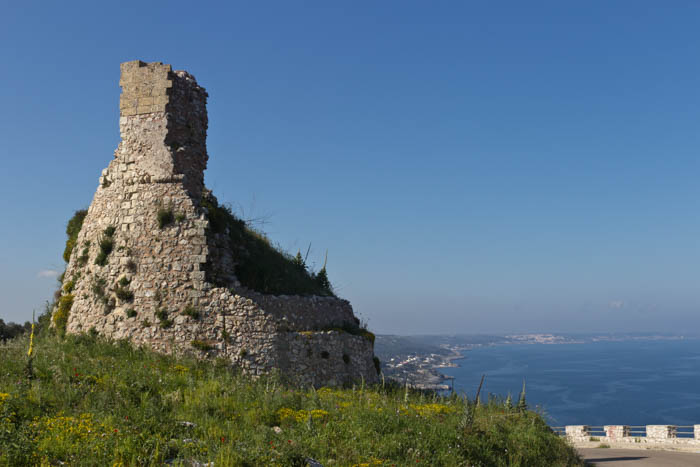
Salento, Puglia
The little-known region of Salento lies in the "heel of the boot" of southern Italy. It is an area of stunning beaches flanked by white limestone arches, ancient olive groves, and towns of white-washed, flat-roofed buildings.
Like the island of Sicily to the south, this land has been criss-crossed by countless invaders over the centuries, all of them leaving traces of their existence in the form of architecture, culture, and food. This is very evident in the inland area of Salento, where a dialect called Griko, similar to ancient Greek, is still spoken in some of the villages.
The entire coastal area of Salento is marked with hundreds of crumbling watchtowers crouching on every promontory, built originally to ward off the waves of invasions from cultures around the Mediterranean Sea over the centuries. To get a feel for those times, visit the macabre thousand-year-old cathedral in Otranto to see a chilling display of hundreds of skulls from residents massacred by the invading Ottomans in the 15th century.
Around the time of the Renaissance, a new period of peace unleashed an explosion of elaborately decorated baroque buildings, best seen in the honey-coloured town of Lecce. Everywhere you look, a riotous tumble of carved cherubs, monsters, plants, and animals adorn the stately buildings and balconies of the old town.
If you need a refreshment after all this sightseeing, stop at the bastion of Salento cuisine, the Alle Due Corti restaurant, for a plate of ciceri e tria, a traditional dish of fresh and fried tagliatelle with chickpeas. While there, say hello to Rosealba, the eatery's founder and celebrated icon of traditional Italian cooking.
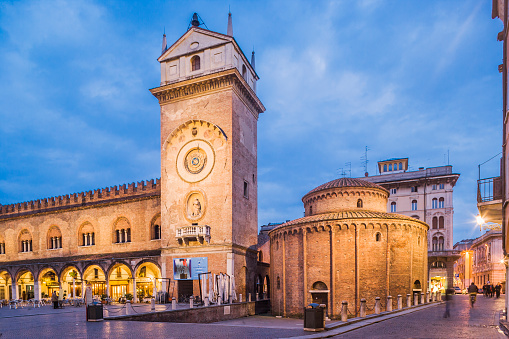 (Image: Getty Images)
(Image: Getty Images)Mantova, Lombardy
If you have ever immersed yourself in Shakespeare’s play Romeo and Juliet, you will have heard of Mantova – or Mantua, as it is called in English – where Romeo goes when he is banished for killing Tybalt. Although Romeo was not thrilled to go there, the city of Mantova, a Unesco world heritage site, is a must-see jewel surrounded on three sides by large lakes, artificially created in the 12th century as a defence against attacks from the Holy Roman Empire.
The rise of the princely House of Gonzaga during the Renaissance was the making of Mantova as we see it today. The family built multiple churches, lavish palaces, and imposing fortification walls around the town. Under their rule, Mantova became a renowned centre of culture, attracting artists, musicians and scientists.
Take a stroll through Palazzo del Te and the buildings that make up the Palazzo Ducale, where enormous wall and ceiling frescos fight for place with elaborate carvings, tapestries, and artwork.
For a change of pace rent a bicycle for a pedal around the lakes, or take a boat ride to admire the city from the water, dominated by the large dome of the Basilica di Sant’Andrea.
Make sure you try Mantova’s famous pumpkin tortellini, and finish your meal with a crumbly almond treat called sbrisolona.
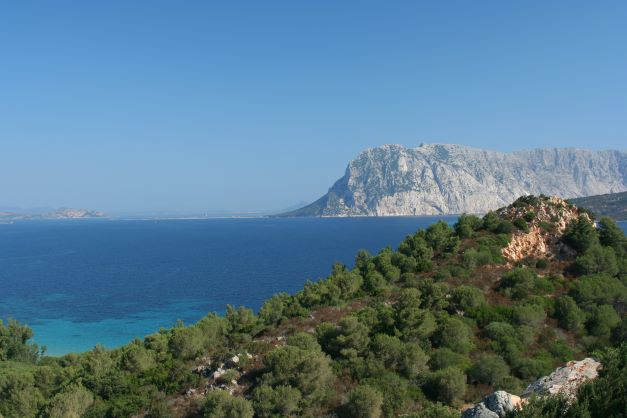
Capo Coda Cavallo, Sardinia
If you are looking for a uniquely Italian beach experience, catch a ferry or a plane to Sardinia, separated from the mainland by about 350km of the magically named Tyrrhenian Sea. The distinctively shaped, granite Capo Coda Cavallo, or Horse Tail Cape, is found just south of the town of Olbia, where many of the ferries dock.
The crystal-clear waters surrounding the cape are a designated marine reserve, offering spectacular scuba-diving and snorkelling. From the white-sand, crescent-shaped Coda Cavallo beach at the end of the cape, enjoy panoramic views over 5km-long Tavolara Island, once one of the smallest kingdoms in the world, which juts sharply into the sky like the hull of an upturned boat. A restricted number of visitors are allowed on the island each day, which guarantees a lack of crowds even at the height of summer.
Around the coastline of the cape, explore the many pretty cala, or small coves. Nature-lovers should visit the San Teodoro lagoon in spring and summer to get a glimpse of pink flamingos up from their wintering grounds of Spain and North Africa.
Thanks to Sardinia’s isolation, and the multitude of invasions over the centuries, the now-endangered language once spoken widely on the island is unlike any other Romance language. This can still be seen in the names of food specialities found all over Sardinia. Help yourself to a plate of culurgiones, a special type of filled pasta. If you are brave, take a mouthful of casu marzu – pecorino sheep cheese intentionally populated with live cheese fly larvae. Just remember to hold your hand above the cheese while eating it as the maggots tend to wriggle out when disturbed.
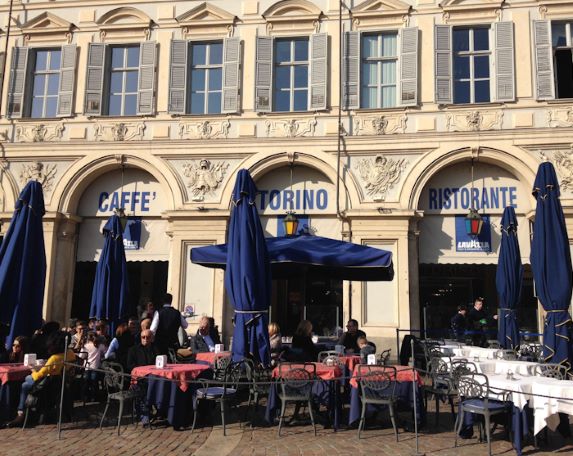
Turin, Piedmont
Turin is a hidden jewel of a city, not yet well-known to tourists. It sits on the plain of the Po River, surrounded on two sides by a necklace of snowy alps. The city was once a functional working area, home to the large Fiat car factory, and layered with centuries of grime. In the past decade, though, Turin has been restored to its former regal glory when it was part of the Kingdom of Savoy. Enormous pedestrian piazzas abound, flanked by ornate, gleaming palaces, churches, and elegant apartment buildings.
The city is famed for its chocolate and coffee. At its traditional cafes, admire the chandeliers and frescoed ceilings while sipping a cappuccino, or bicerin, a Turin speciality made of coffee, thick hot chocolate, and frothy cream.
Turin is also famous for its arched, covered walkways, built so the royals could take a protected stroll from their palaces down to the river.
Museums are scattered throughout the city. Visit the iconic Mole Antonelliana for a hands-on cinema museum, or wander through the Egyptian Museum to see one of the largest collections of Egyptian artefacts in the world.
Lose yourself in the narrow cobbled streets of the oldest area of the city, the Roman Quadrilatero, and browse in the many small art and craft shops found there.
Food is a serious business in Turin. Restaurant tables throng the footpaths, populated with waiters serving up typical fare such as steaming bowls of agnolotti del plin, a small ravioli typical of the region, and vitello tonnato, thinly sliced veal smothered in tuna-mayonnaise sauce.
Before you leave the city, make sure you go to Caffé Torino in a corner of the sumptuous Piazza San Carlo to step on the nether regions of a golden bull set in the cobblestones near the cafe entrance. Legend has it that if you do this, you will be guaranteed to return to Turin.
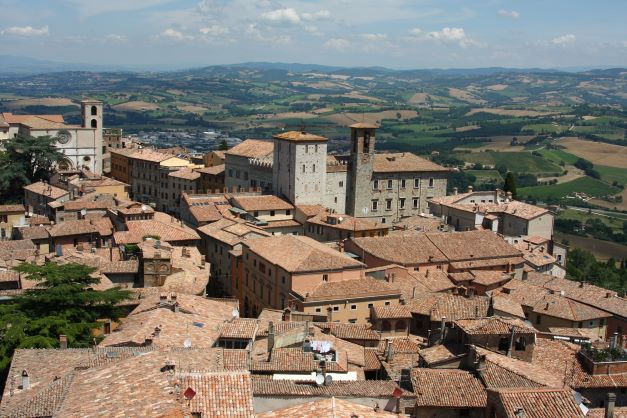
Todi, Umbria
The origins of Todi, a creamy-golden hilltop town overlooking the patchworked rolling hills of Umbria in the centre of Italy, are lost in time.
Mythology says the Roman hero Hercules created the town after killing a fire-breathing giant there. Another legend has it that thousands of years ago, the town was founded where an eagle that had stolen a picnic blanket dropped its loot. The eagle is still a symbol of Todi to this day, and can be seen on its coat of arms.
This is all to show that Todi has been around for a very long time. The town is perched on a tall, flat-topped hill looking out over the Tiber Valley.
The three defensive walls that surround it are still clearly evident. Each was constructed at a different time in Todi's long history; the oldest dates back to 7 to 8BC.
As with many towns in Italy, still-intact structures made during various eras can be visited, from the labyrinth of tunnels forming an underground water system built by the Romans underneath Todi, to the imposing 11th-century Gothic cathedral in the Piazza del Popolo, considered one of the most beautiful medieval squares in Italy.
For a more modern building, check out the 16th-century Church of Santa Maria della Consolazione, a beautiful geometrically symmetrical place of worship built to attract pilgrimages after a 15th-century stonemason, blind in one eye, was said to have regained his sight after wiping the eye with a cloth he used to clean a statue of the Madonna found in a wall he was working on there.
In Umbria, local world-famous black truffles can be found in abundance in every savoury course, from antipasti, to pasta and meat dishes, and even incorporated into the local cheeses.


